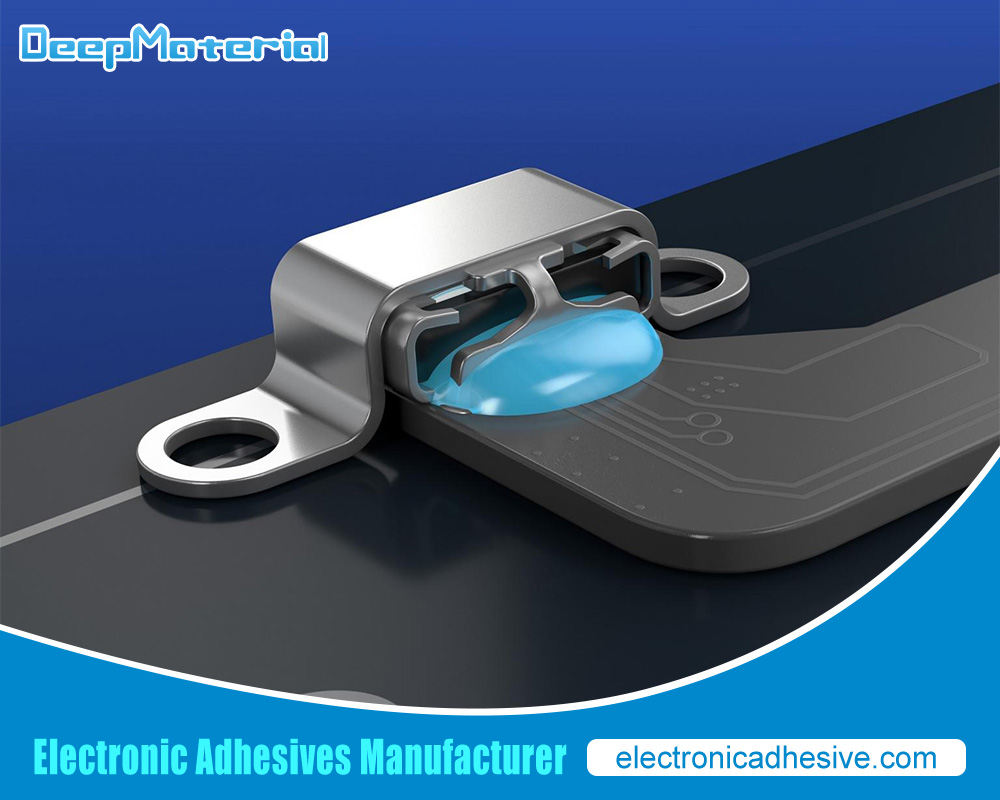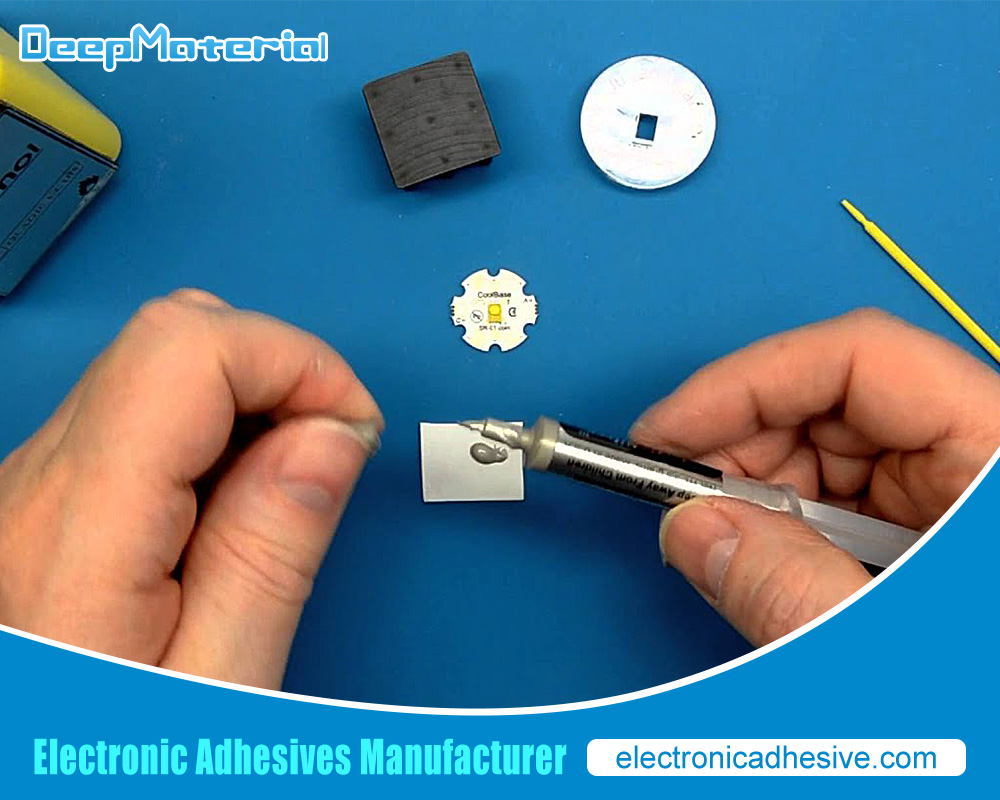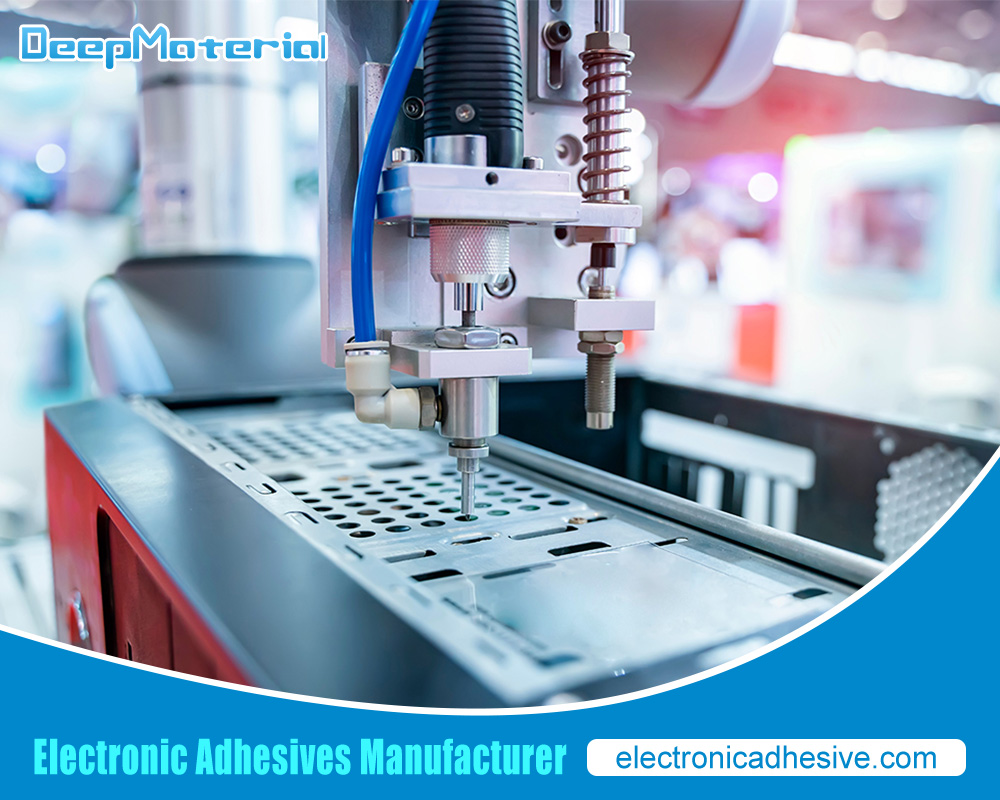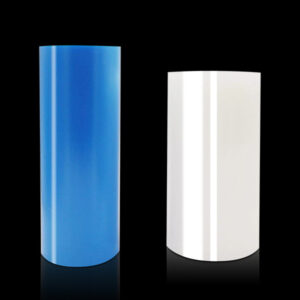Unveiling The Science Behind Optical Bonding Adhesive: How Does It Work?
Unveiling The Science Behind Optical Bonding Adhesive: How Does It Work?
Optical bonding adhesive is a crucial component in modern technology, particularly in the manufacturing of displays. It plays a vital role in enhancing the performance and durability of displays, making them more reliable and efficient. Understanding the science behind optical bonding adhesive is essential for manufacturers and engineers to ensure the best results in their products.

The Science Behind Optical Bonding Adhesive
Optical bonding adhesive works by bonding the display panel to the cover glass or touch sensor, eliminating the air gap between them. This process improves the optical clarity and reduces the reflection and glare on the display. The adhesive also acts as a protective layer, preventing dust, moisture, and other contaminants from entering the display.
The chemical composition of optical bonding adhesive typically consists of a polymer resin, a curing agent, and various additives. The polymer resin provides the adhesive with its bonding properties, while the curing agent initiates the hardening process. Additives are included to enhance specific properties such as flexibility, UV resistance, and thermal conductivity.
The bonding process involves applying the adhesive to either the display panel or the cover glass, depending on the specific requirements. The two components are then pressed together, ensuring proper alignment and uniform distribution of the adhesive. The assembly is then cured under controlled conditions to allow the adhesive to harden and form a strong bond.
The Role of Adhesive in Optical Bonding
The adhesive used in optical bonding plays a crucial role in determining the performance of the display. It not only bonds the components together but also affects various aspects such as optical clarity, durability, and resistance to environmental factors.
The adhesive helps to eliminate the air gap between the display panel and cover glass, reducing reflection and glare. This results in improved visibility and readability of the display, especially in bright environments. The reduction in reflection also enhances the color accuracy and contrast ratio of the display.
Furthermore, the adhesive acts as a protective layer, preventing dust, moisture, and other contaminants from entering the display. This helps to prolong the lifespan of the display and ensures its reliability in various environments. The adhesive also provides additional structural support, making the display more resistant to impact and vibration.
Types of Optical Bonding Adhesive
There are different types of optical bonding adhesive available, each with its own advantages and disadvantages. The choice of adhesive depends on various factors such as the specific application, environmental conditions, and desired performance.
One common type of adhesive is liquid optically clear adhesive (LOCA), which is a liquid adhesive that is applied between the display panel and cover glass. LOCA offers excellent optical clarity and bonding strength. However, it requires careful application to avoid air bubbles and can be challenging to remove if repairs or replacements are needed.
Another type of adhesive is dry film adhesive (DFA), which is a thin film that is pre-applied to either the display panel or cover glass. DFA offers easy application and removal, making it suitable for mass production. However, it may not provide the same level of optical clarity as LOCA and may have limitations in terms of bonding strength.
Factors Affecting the Performance of Optical Bonding Adhesive
Several factors can affect the performance of optical bonding adhesive, including environmental factors, surface preparation, and curing time.
Environmental factors such as temperature, humidity, and exposure to UV radiation can impact the bonding process and the performance of the adhesive. Extreme temperatures can cause the adhesive to expand or contract, leading to delamination or cracking. High humidity can affect the curing process and result in poor bonding strength. UV radiation can degrade the adhesive over time, affecting its optical clarity and durability.
Proper surface preparation is crucial for achieving a strong bond between the display panel and cover glass. The surfaces should be thoroughly cleaned and free from any contaminants such as dust, grease, or fingerprints. Surface treatments such as plasma cleaning or UV ozone treatment can also be used to improve adhesion.
Curing time is another critical factor in the bonding process. Sufficient curing time is required to ensure that the adhesive has fully hardened and formed a strong bond. Insufficient curing time can result in poor bonding strength and reduced durability.
Advantages of Optical Bonding Adhesive
Optical bonding adhesive offers several advantages in display technology, making it a preferred choice for many manufacturers.
One of the main advantages is improved display performance. By eliminating the air gap between the display panel and cover glass, optical bonding reduces reflection and glare, resulting in better visibility and readability. It also enhances color accuracy, contrast ratio, and viewing angles, providing a superior visual experience.
Optical bonding adhesive also enhances the durability of displays. The adhesive acts as a protective layer, preventing dust, moisture, and other contaminants from entering the display. It also provides additional structural support, making the display more resistant to impact and vibration. This improves the reliability and lifespan of the display, especially in harsh environments.
Furthermore, optical bonding adhesive offers better optical clarity compared to other bonding methods. The adhesive fills in any microscopic imperfections on the surface of the display panel and cover glass, reducing the scattering of light and improving the overall image quality. This results in sharper images, vibrant colors, and better contrast.
Future of Optical Bonding Adhesive
Advancements in adhesive formulations and manufacturing processes are expected to improve the performance and durability of displays even further. New materials with enhanced optical properties and bonding strength are being developed to meet the increasing demands of high-resolution displays and emerging technologies such as flexible displays and augmented reality.
There is also potential for new applications of optical bonding adhesive in industries such as gaming, virtual reality, and wearable devices. As these industries continue to grow, the demand for high-performance displays with improved visibility, durability, and optical clarity will increase.

Final Verdict
In conclusion, optical bonding adhesive plays a crucial role in modern technology, particularly in the manufacturing of displays. Understanding the science behind optical bonding adhesive is essential for manufacturers and engineers to ensure the best results in their products.
Optical bonding adhesive improves the performance and durability of displays by eliminating the air gap between the display panel and cover glass. It enhances visibility, readability, color accuracy, and contrast ratio, providing a superior visual experience. The adhesive also acts as a protective layer, preventing dust, moisture, and other contaminants from entering the display, improving its reliability and lifespan.
For more about choosing the optical bonding adhesive, you can pay a visit to DeepMaterial at https://www.electronicadhesive.com/about/ for more info.











